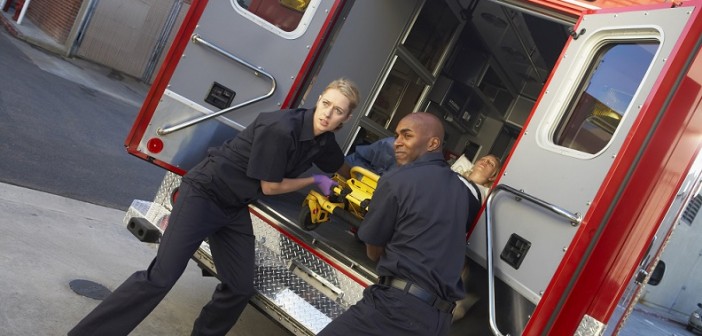Ambulances provide quick transportation for medical emergencies all across the country. They are fast and efficient and, when called in a timely manner, can be the difference between life and death. But while many people know a few things about ambulances, there are still a lot of questions that may have gone unanswered.
While most people know that ambulances respond to 911 calls for help, vehicular accidents and other medical emergencies, they may not know other important things about them that can affect them during and after their medical emergency. Here are a few things you may be asking yourself about ambulance services but never found the answer to
When Should You Call for an Ambulance?
You should call for an ambulance anytime you do not think you or someone else can not safely drive to the hospital. This includes any instance of unconsciousness or shock where you determine that there is no else capable of driving.
If you are unsure, ask yourself a few questions to determine if you need to call an ambulance or not. Does the condition seem life threatening? If the injured person in unresponsive, then you should definitely call an ambulance immediately. Could the injured person’s condition worsen on the way to the hospital? If there is excessive bleeding which you cannot stop, then chances are they will continue to bleed on the way, making their need for professional attention even more pressing. If you think you can worsen their condition by moving them, say, if they have a head or neck injury, then you shouldn’t take any chances.
Also, if you are taking care of someone or have home health coordination, you should always call an ambulance in case of emergency. There may be special equipment or other medical devices that require a professional to remove.
Who Arrives in the Ambulance?
There are several different types of medical technicians that arrive in the ambulance to help out the injured person.
The driver, of course, is responsible for getting the ambulance to the hospital quickly and safely. They have been trained in driving the vehicle as they may need to travel at high speeds and through heavy traffic.
There are also usually two medical technicians: a paramedic and an EMT (emergency medical technician). The EMT monitors the patient and performs basic services, whereas the paramedic can insert IVs and use other medical equipment to keep the patient stable. They can also administer a limited range of medicines to help the patient, especially ones that can counteract the effects of a drug overdose so the patient arrives at the hospital safely.
How do they Decide Which Hospital to Take You To?
In most instances, the ambulance will transport the injured person to the nearest hospital that can take care of your most immediate needs.
This means that if the injury involves head trauma, they may forgo the medical center that is closest for one a little further away that specializes in the treatment needed to stabilize the patient. If the patient suffered a stroke, they will take them to the nearest facility that specializes in stroke treatments. If it’s mostly general injuries, then the ambulance will probably rush to the nearest facility.
Patients can request to be taken to certain hospitals of their choosing, but the medical team in the ambulance has the final say. If the hospital requested is far away and it may jeopardize the health of the patient, they will probably refuse and get them where they need to go.
Also remember that ambulances work in certain service areas, so they may be reluctant to take a patient out of that area.
How do You Pay for Ambulance Services?
You health insurance will cover the ambulance ride as long as it is deemed to have been necessary. This means that if it’s determined that there was no alternative transportation or if driving themselves would have exacerbated their injuries, then it will be covered.
Also, the length of the ambulance ride can affect the payment. If you request a hospital out of the service area, you may be liable for the extra costs.
In most areas, transportation by ambulance costs around $1,000. If you are responsible for the payment, or if you don’t have insurance, you can apply for medical relief or you can set up a payment plan with the hospital to make the payments easier.
These are just a few of the frequently asked questions about ambulances.
Isobel Butler works as a home support worker and has knowledge of nursing and eldercare. She writes about eldercare, nursing and caring for terminally ill patients, and other more general health topics.




